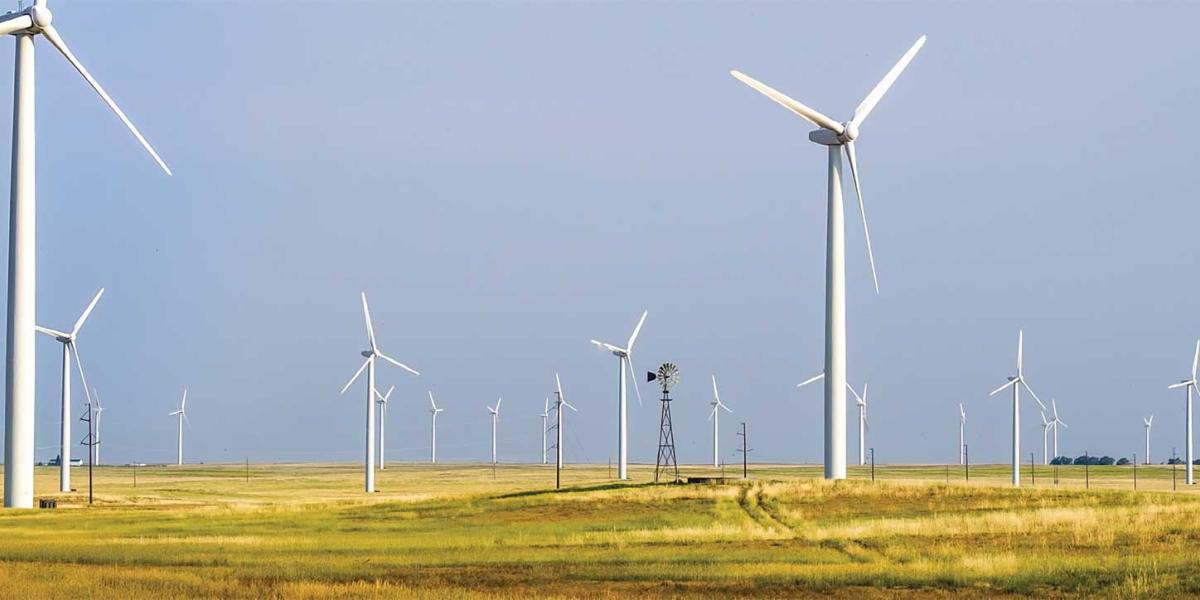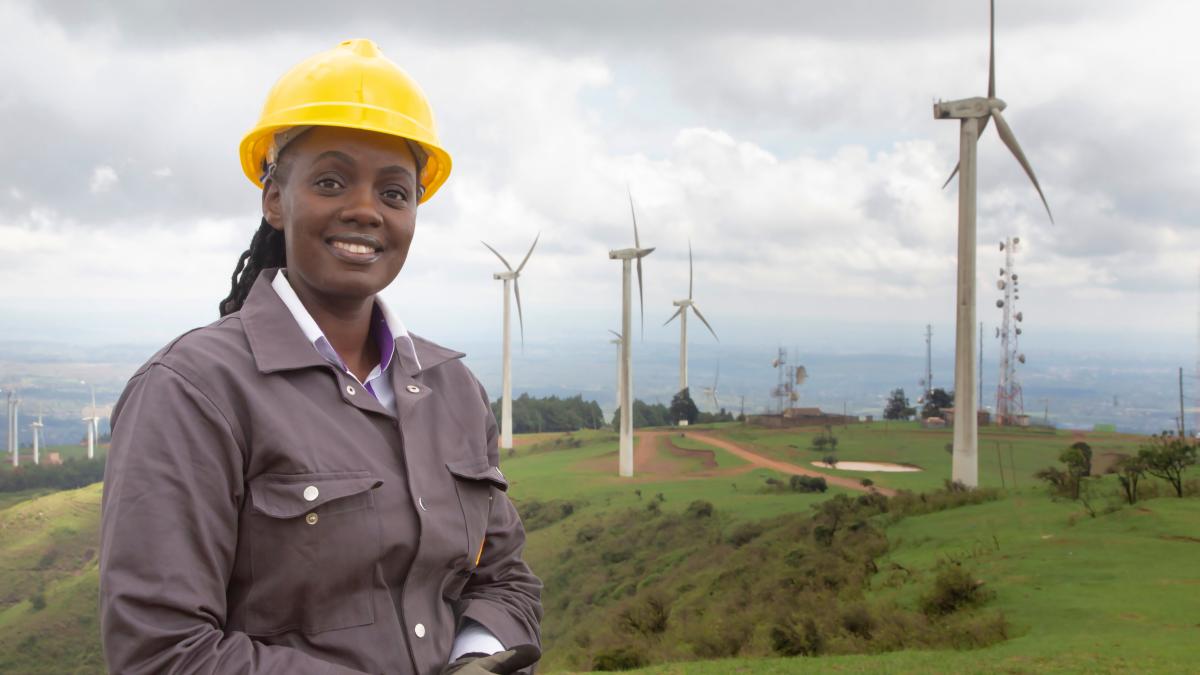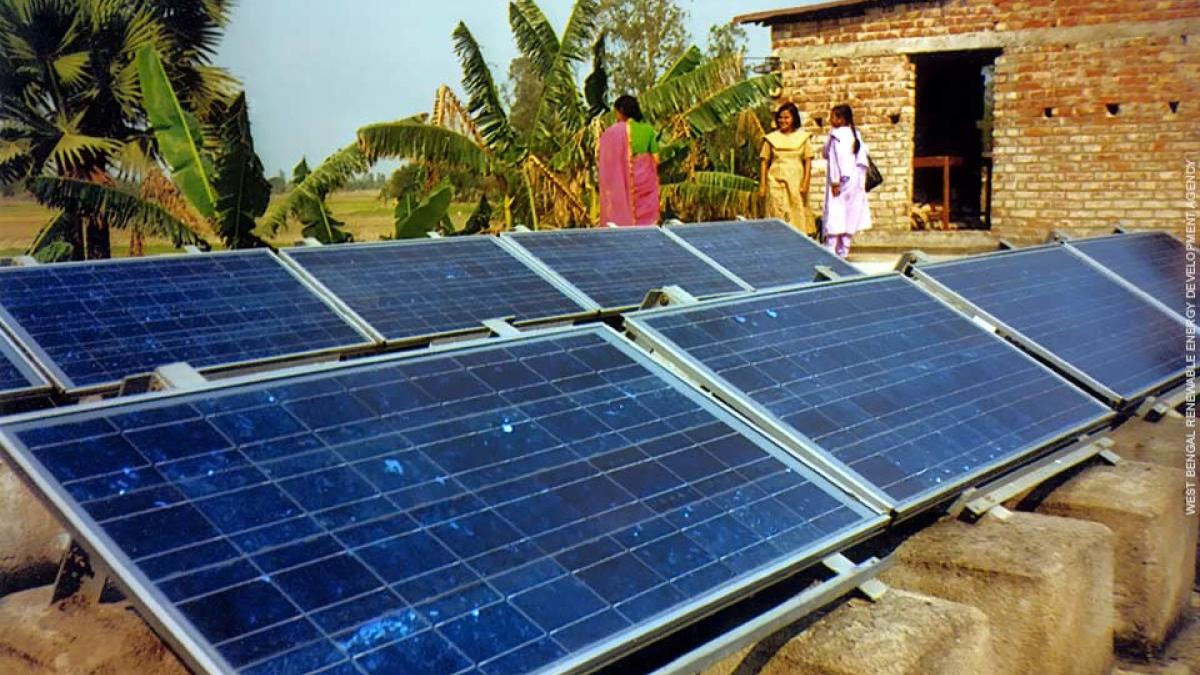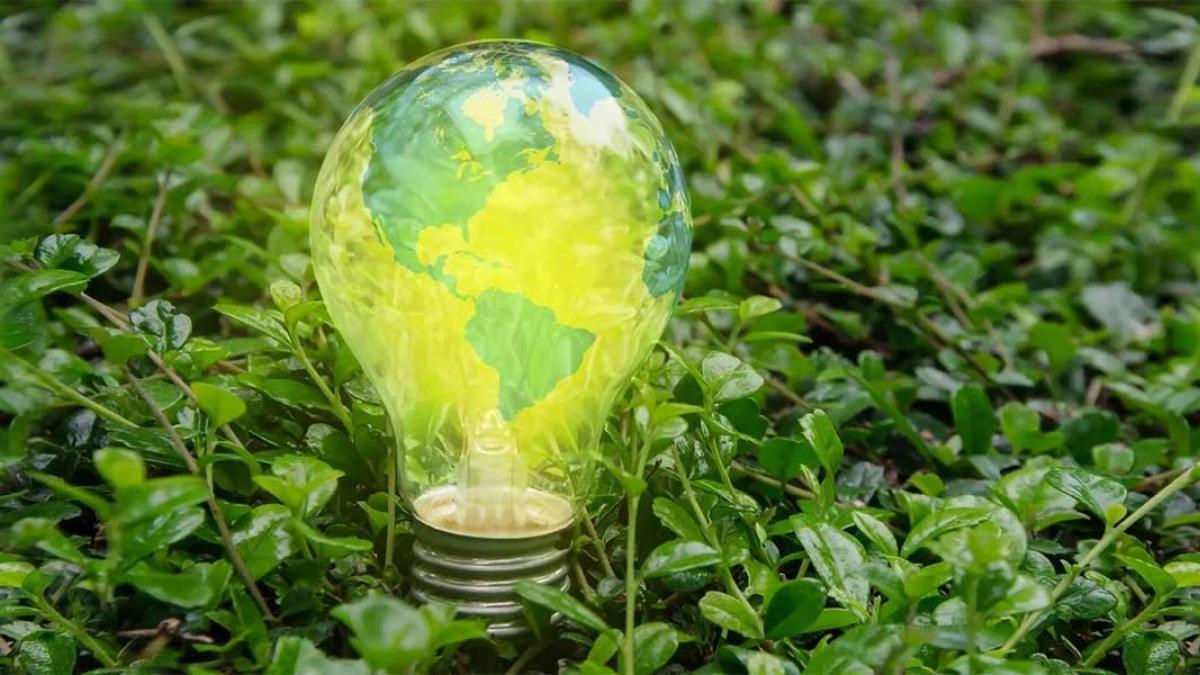
The power sector represents 41 percent of energy sector CO2 emissions, representing a critical frontier of climate change mitigation efforts. Through USAID’s established field presence, global and country-level industry networks, and long-standing relationships with government and private sector partners, we work with partner countries to employ modern energy technologies in ways that expand energy access to all communities, and leverage private sector investment and expertise in deploying renewable energy.
Featured Story

Our Approach and Results
USAID follows an integrated approach to renewable energy scale-up, helping governments, utilities, developers and investors in partner countries reduce costs, improve grid operations, and leverage financing for utility-scale renewable energy projects. Between 2010 and 2019, USAID’s energy programs contributed to the installation of more than 162,000 MW of new renewable capacity across 20 focus countries, helped lower energy prices to below two cents per kWh in some areas, and mobilized more than $190 billion in private investment in new generation.
USAID supports broader energy sector reforms that reduce barriers to private investment and strengthen the institutions critical to sustainable and economic deployment of renewable energy resources. For example, USAID supports design and implementation of competitive procurements and energy auctions, enabling USAID partner countries to drive electricity prices lower while enhancing transparency and creating a more competitive environment. USAID helps partner country governments and power utilities to adopt international best practices and legal, regulatory, and policy frameworks that enable private investment in the energy sector and ensure reliable electricity distribution. As energy demand intensifies with rising temperatures, USAID provides partners with technical resources and expert advice to create markets and lower adoption barriers for energy efficient technologies, a key tool for reducing both modern energy service costs and greenhouse gas emissions.








